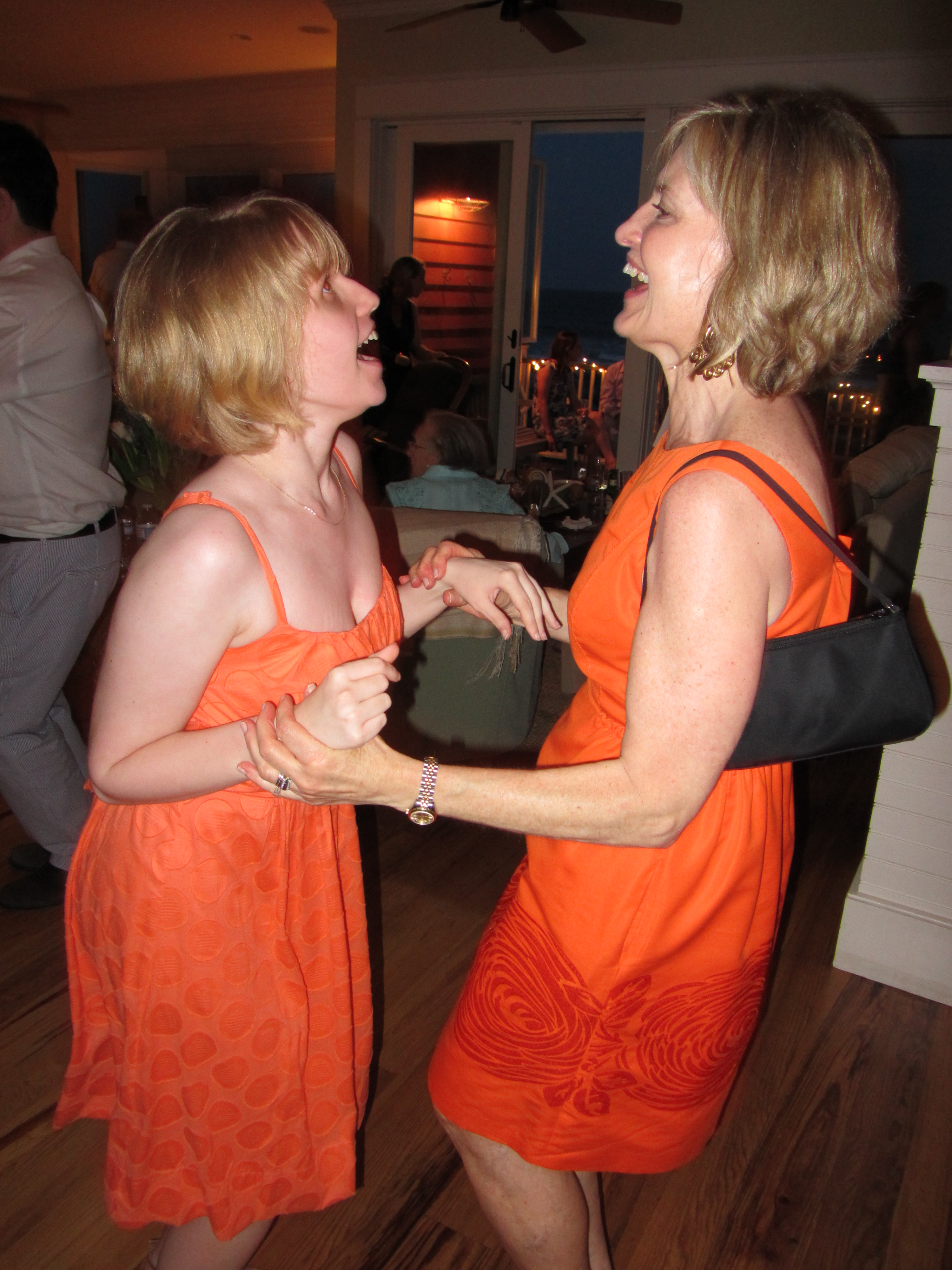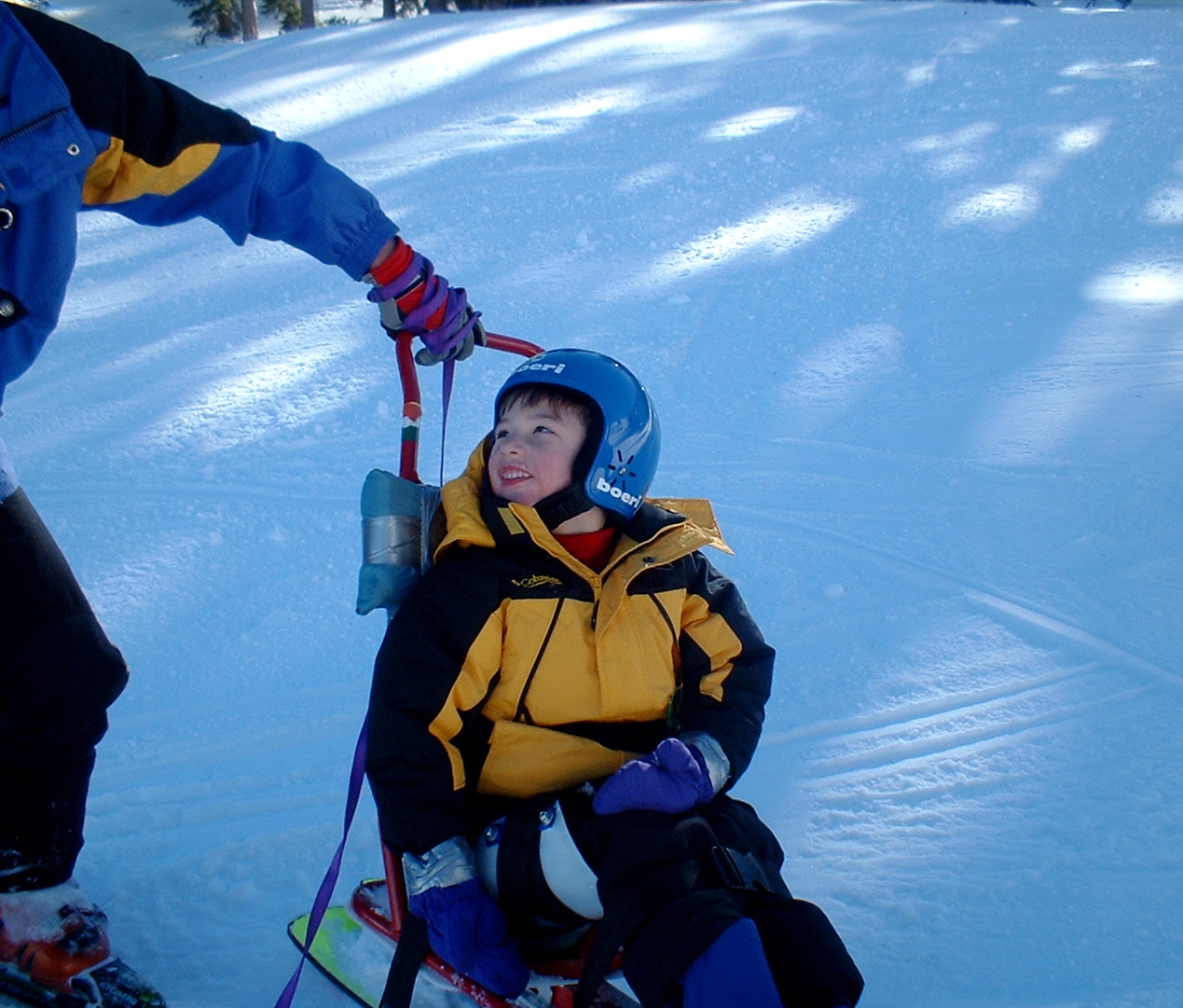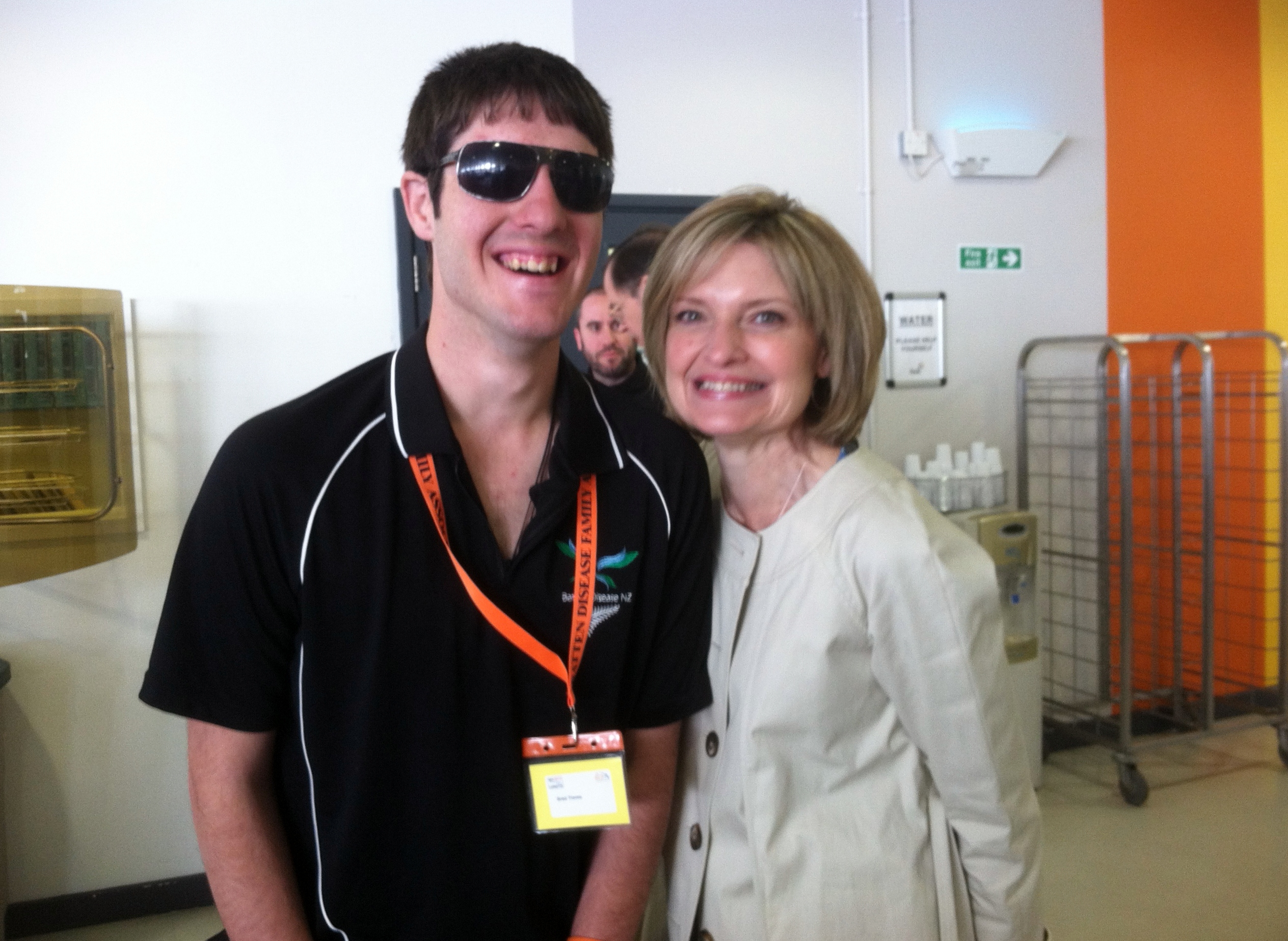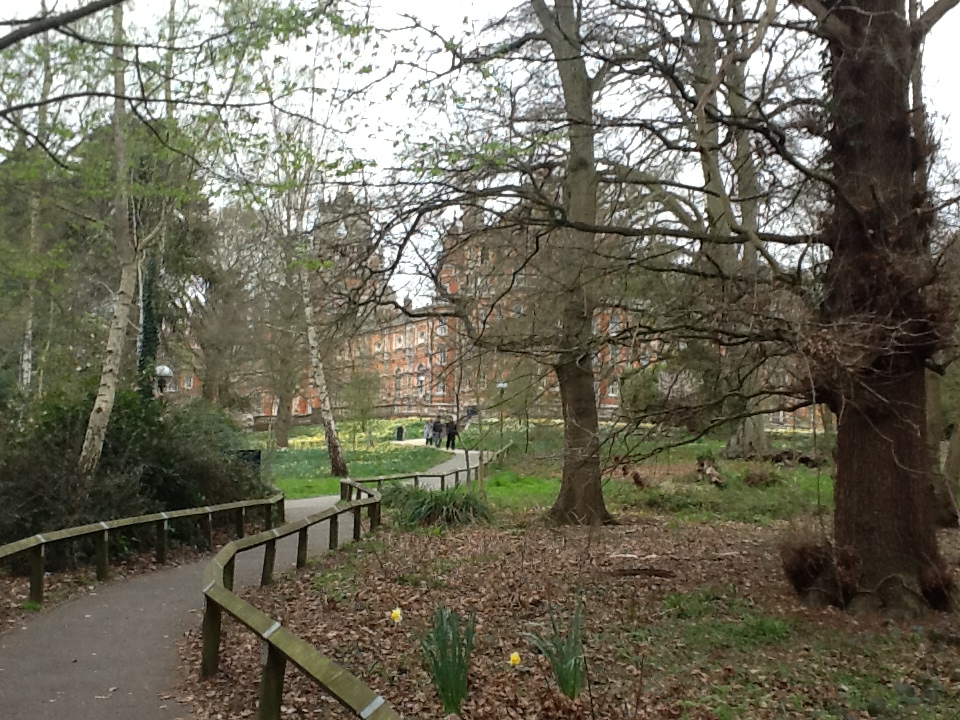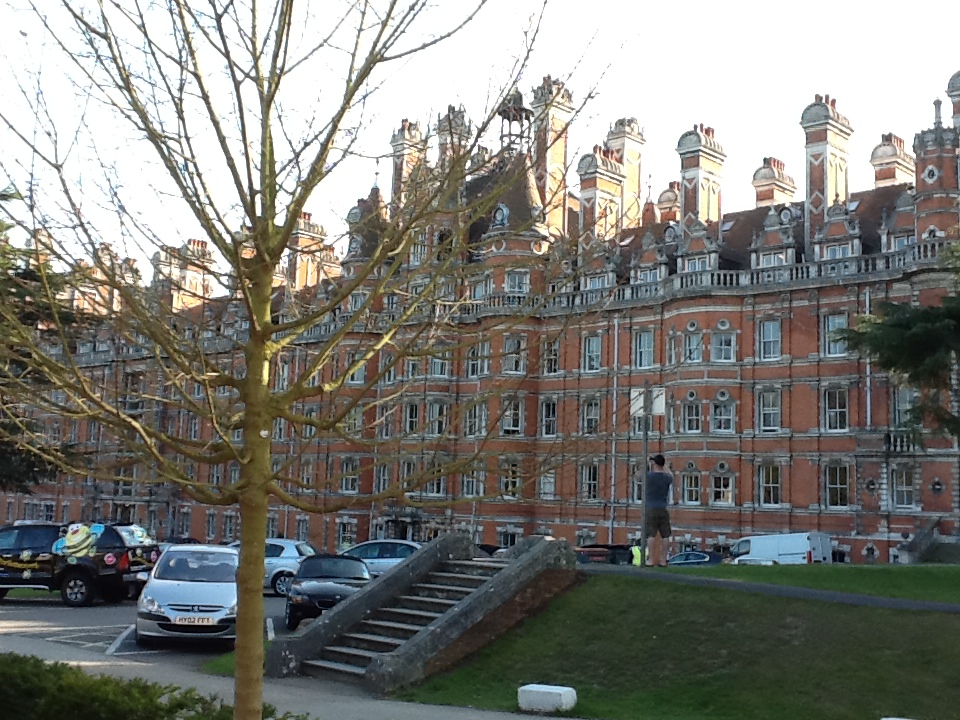The past couple of months have not been great; Taylor’s had a tough spring. But every so often, a light flicks on somewhere deep inside my little sister.
Our good friends, Callie and Will, married by the sea at 5:30 Saturday afternoon. Not long after they said their vows, my sister, who needed help navigating the soft sand on the beach and sat in one of the few chairs reserved for elderly grandparents and those otherwise unable to stand for the short ceremony, found her way to the middle of the dance floor. Out there, Taylor’s light burned brightly.
Perhaps her light only appeared bright because in its absence, a world dictated by Batten disease is so dark. But sometimes, I don’t stop to think about how much of the light is illusion and how much of it is reality. I just stop to drink it all in.

